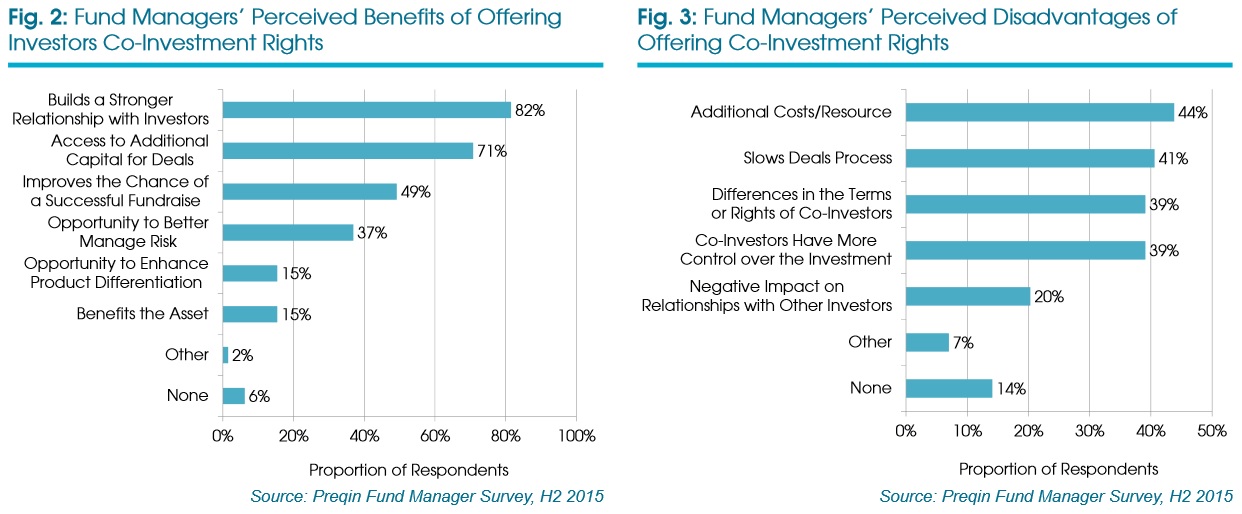Co-investments are on the rise in real estate with more than 40% of managers offering the majority of investors this option in 2015, according to Preqin.
“Managers are offering these rights not just to a select few, but to most or all of the investors in their funds.”Less than a quarter of the 75 real estate managers surveyed said they offered no co-investment option in their most recent fund, the data company found.
Such deals give investors greater control over acquisitions, Preqin’s said, with lower fees and potentially improved returns.
“Real estate fund managers are recognizing how important co-investment rights are becoming to investors,” said Andrew Moylan, head of real estate products at Preqin. “Increasingly, managers are offering these rights not just to a select few, but to most or all of the investors in their funds.”
Appetite for co-investments among investors has changed little in the last few years, however. At the start of this year, a Preqin survey of asset owners indicated that 38% would co-invest or consider co-investing, compared to 33% in 2012.
“The extent to which [co-investment] rights are to be taken up is increasing,” Moylan continued.
“Although larger investors are still more likely to co-invest, a greater proportion of investors have made co-investments in 2015 than in the year before,” he added. “Capital channelled through these alternative structures represents an increasing proportion of the overall level of equity fund managers are committing to deals.”
As pressure on fees has built in recent years, fund managers have become more open to new fundraising methods and closer relationships with asset owners. In September, Quebec’s C$241 billion ($182 billion) pension fund added to its infrastructure portfolio with a co-investment deal in Mexico. The Teacher Retirement System of Texas opened an office in London, specifically targeting co-investments in European property. And last year, the UK’s Universities Superannuation Scheme established a co-investment with CVC Capital Partners in the Moto chain of motorway service stations.

Related: Investor Collaboration ‘Poses Threat to Asset Managers’; How to Realign Interests with Your Alts Manager; Private Equity: Co-Investing vs. Commingled
